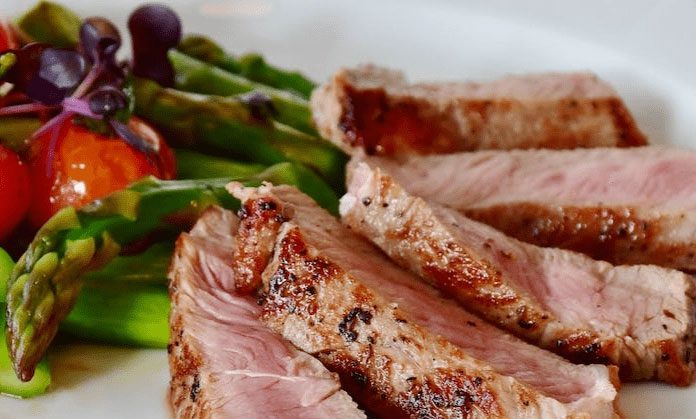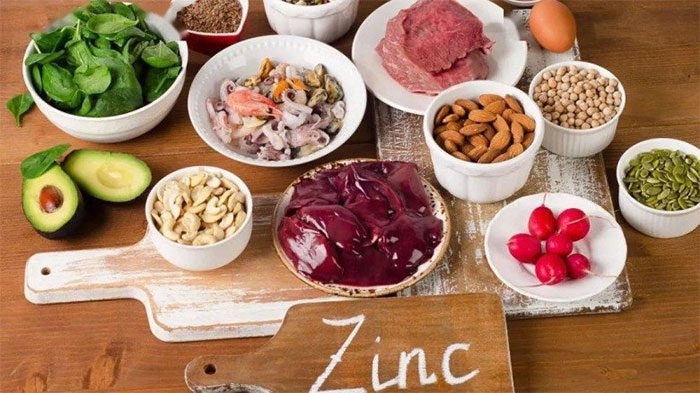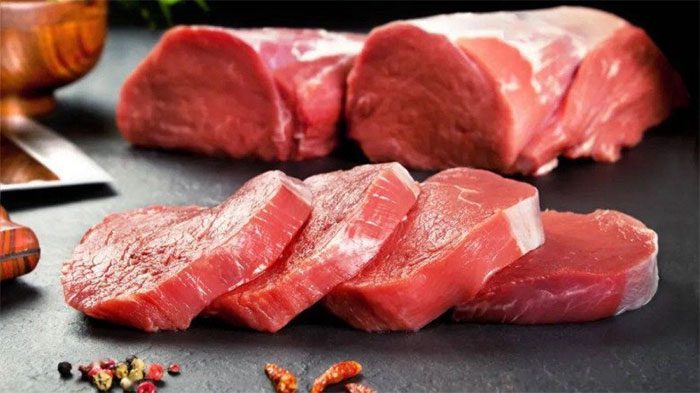Red meat has been classified by the World Health Organization as a Group 2A carcinogen – a group that can potentially cause cancer in humans, yet it still provides certain nutrients that the body needs.
In recent years, red meat has been blamed for everything from heart disease to cancer. According to a report from the International Agency for Research on Cancer (IARC), which is part of the World Health Organization: Processed meat is classified as a Group 1 carcinogen (alongside items like salted fish, tobacco, alcohol, air pollution, aflatoxin, etc.). Meanwhile, red meat (from mammals and livestock) is classified as a Group 2A carcinogen.
Despite being classified as potentially carcinogenic, why do people continue to eat red meat, and are there ways to minimize the risk?
What Exactly is Red Meat?
Red meat refers to meat that is red before cooking, typically including pork, beef, lamb, and other types of livestock. It is named red meat due to its high content of myoglobin and hemoglobin, two proteins that give it a blood-red color.
Red meat has muscle fibers and a high fat content, particularly saturated fatty acids. Among the types of red meat, pork has the highest fat content, followed by lamb, with beef having the lowest.
Even the lean cuts of red meat still contain a significant amount of fat, such as the fat content in lean pork at 6.2%, lean lamb at 3.9%, and lean beef at 2.3%.

Red meat has muscle fibers, high fat content, especially saturated fatty acids.
Can Red Meat Cause Cancer?
Firstly, red meat is classified as a Group 2A carcinogen, meaning it can cause cancer in animals and data on its carcinogenic effects in humans is limited. This can be understood as, red meat may cause cancer, but there is no clear evidence that humans will definitely develop cancer from eating red meat.
Data suggests that red meat is associated with the risk of various cancers, possibly due to:
- Consuming too much fatty red meat can lead to obesity, cardiovascular diseases, and tumors.
- Excessive intake of saturated fatty acids is a major cause of increased cholesterol and low-density lipoprotein.
Red Meat Has Some Nutritional Benefits
Despite being classified as potentially carcinogenic, it cannot be denied that red meat provides several essential nutrients for the body.
Rich in Iron
Iron is necessary for maintaining oxygen transport in the blood. Compared to white meat, red meat is richer in iron, with an absorption rate of up to 20%, and can enhance the iron absorption from other foods, while the absorption rate of iron from some plant foods is only 3% to 5%.
Therefore, red meat serves as a natural supplement of iron, making it particularly important for the elderly, children, and young women who are at risk of iron deficiency.
The Best Source of Zinc
Zinc is related to human growth and development, sexual maturation, and affects fetal brain development. Similar to iron, zinc from red meat is absorbed at a much higher rate than from plant foods and enhances zinc absorption from all sources.
Although shellfish are high in zinc, not everyone can afford to eat them daily, making red meat a convenient and affordable source of zinc.

Zinc from red meat is absorbed at a much higher rate than from plant foods.
Provides High-Quality Protein
The protein content in red meat ranges from 10% to 20%, with beef and lamb having higher protein levels compared to pork. The amino acid composition of red meat protein closely matches human needs, resulting in a relatively high utilization rate.
Additionally, the protein in red meat can promote iron absorption and prevent muscle loss, making it suitable for the elderly who are aging and for those looking to build muscle.
A Rich Source of B Vitamins
Red meat contains high levels of vitamins B3, B7, B9, and B12, with pork being particularly rich in B vitamins, providing 0.54mg of vitamin B12 per 100g.
Among these, vitamin B12 cannot be obtained from a purely vegetarian diet, and a deficiency in vitamin B12 can lead to mental and physical disabilities, making red meat an important “pathway” for the body to absorb vitamin B12.
How to Eat Red Meat Healthily
Although red meat is highly nutritious, its association with various diseases can make people hesitant to consume it. So how can one eat red meat in a healthy way? Here are a few suggestions:
1. Eat in Moderation
Experts suggest that you can eat a small amount of red meat each day, controlling it to about 100 grams per serving, or consume it 3 to 5 times a week, with slightly larger portions each time but avoiding overeating.
2. Choose Lean Cuts and Limit Fat
The main component of fatty meat is fat, which contains many calories and is less nutritious compared to lean meat.
Experts recommend selecting lean cuts like beef shank and tenderloin while limiting fatty meats like pork belly, especially for those with high blood pressure, high blood sugar, or high cholesterol.

It is advisable to use low-temperature cooking methods for red meat.
3. Cook at Low Temperatures
Research has found that red meat cooked at high temperatures, particularly fried red meat, can increase the risk of prostate cancer by 40%.
Therefore, it is recommended to use low-temperature cooking methods like steaming and boiling when preparing red meat, and to avoid or minimize cooking methods such as frying, roasting, and grilling.
4. Maintain Nutritional Balance
Any natural food has its own benefits, and a diverse diet is beneficial for nutritional balance and overall health.
Combining meat and vegetables not only enriches nutrition but also enhances appetite, aiding in digestion and absorption.
5. Some Individuals May Consume More Red Meat
Experts state that some individuals may consume more red meat depending on their physical condition. For example, those suffering from protein malnutrition, anemia, or low blood pressure need to eat red meat to supplement their nutrition; women who experience monthly blood loss during menstruation have a much higher iron requirement than men and may consume red meat more frequently.




















































